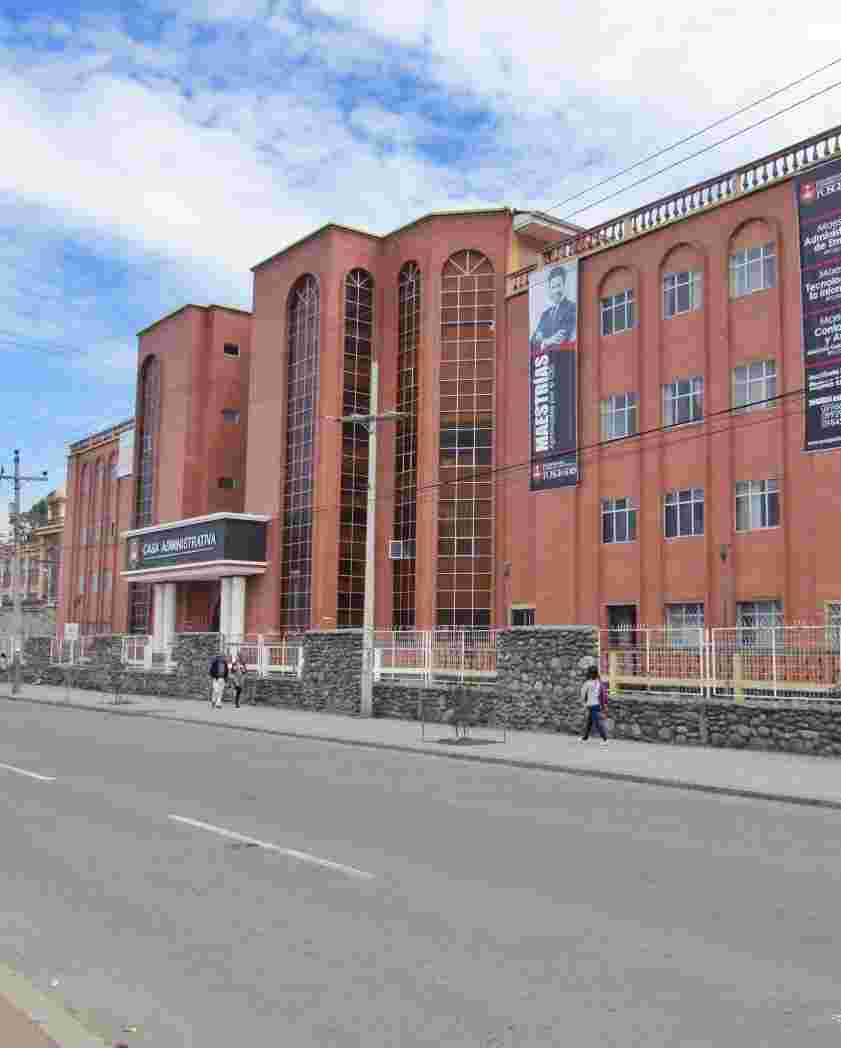Examinando por Autor "Quiridumbay Quiridumbay , Cesar Moises"
Mostrando 1 - 1 de 1
- Resultados por página
- Opciones de ordenación
Ítem Acceso Abierto Paico (Dysphania ambrosioides) como desparasitante alternativo para el control sanitario de helminto en palomas domésticas.(Universidad Católica de Cuenca., 2022) Quiridumbay Quiridumbay , Cesar Moises; Iñiguez Heredia , Franklin Alfredo; 0302442991The study determined the effect of Dysphania ambrosioides as an antiparasitic in feeding Columba livia pigeons. Dehydrated Paico leaves were used to elaborate a deworming medication. Thirty-two adult birds, with an approximate weight of 350-365 g, were assigned to a completely Randomized Block Design in two moments before and after; being T0 (Absolute control), T1 (2. 49 g Dysphania ambrosioides/pigeon), T2 (1.10 g Dysphania ambrosioides/pigeon) and commercial T3 (Gallomec Plus®). There were four repetitions for each treatment and eight pigeons for each replicate. Zootechnical management was similar in all experimental units, health control, environmental variables, and nutritional monitoring. The studied variables were frequency parameters (methods, gender, effects, population) and the presence or absence of Helminths at the cecal level. However, the numerical difference was recorded, achieving the lowest prevalence of Capillaria spp. population in the T1 treatment with a mean of 20.63 in the sheather analysis of variance; while the highest number of incidence of Capillaria spp. was accomplished in the T2 treatment with a mean of 22.5 in the sheather analysis of variance. The treatments have not recorded a significant statistical difference between females and males (p<0.05). Regarding the administration of Paico Pelletizing as a Helminth antiparasitic, a positive effect was observed. The conclusion is that the addition of crushed Paico leaves in a proportion of 21 g does exert beneficial activity on the control of Helminths in pigeons in captivity. Keywords: Columba livia, Helminths, Pelletized, frequency parameters, Dysphania ambrosioides.




